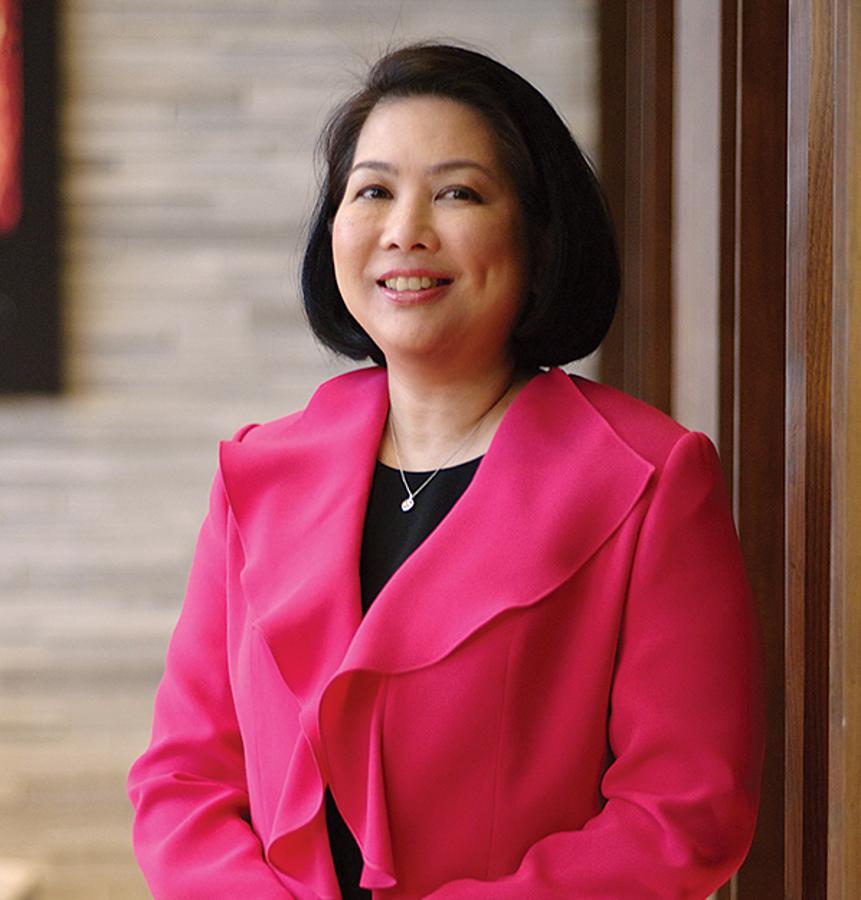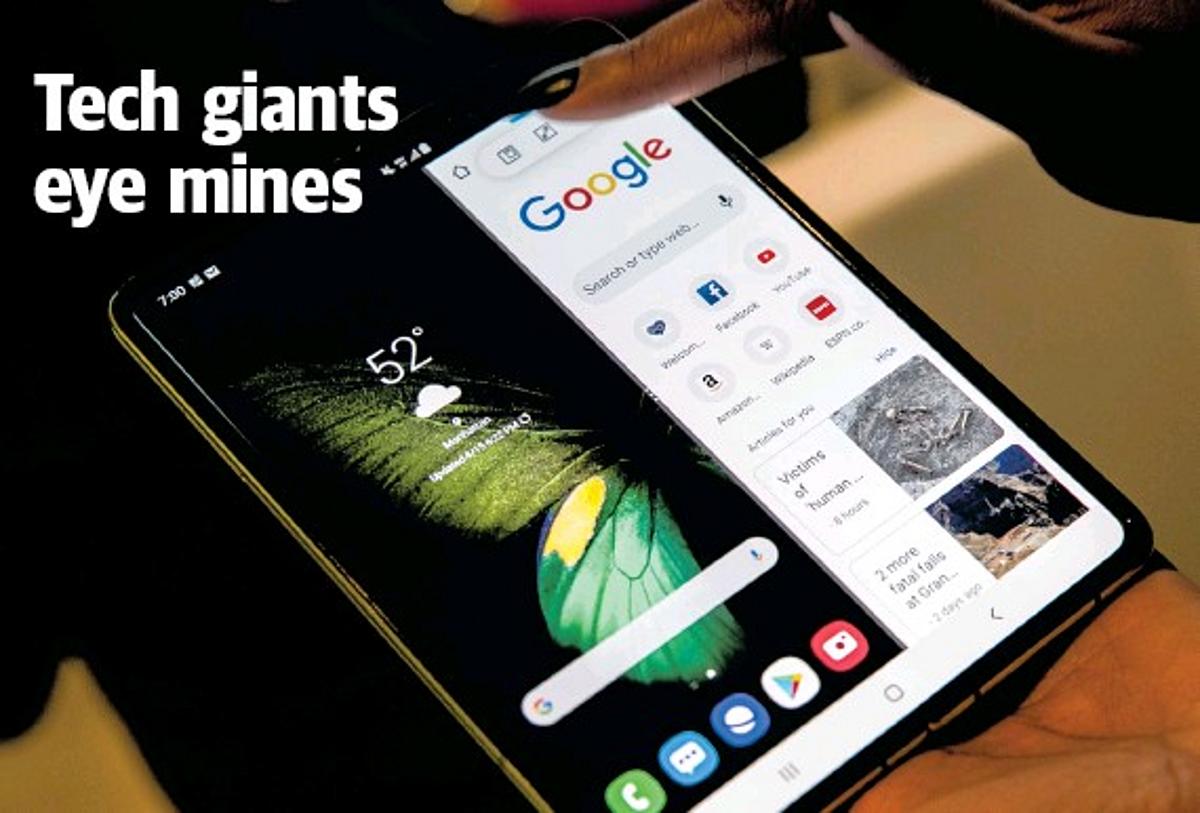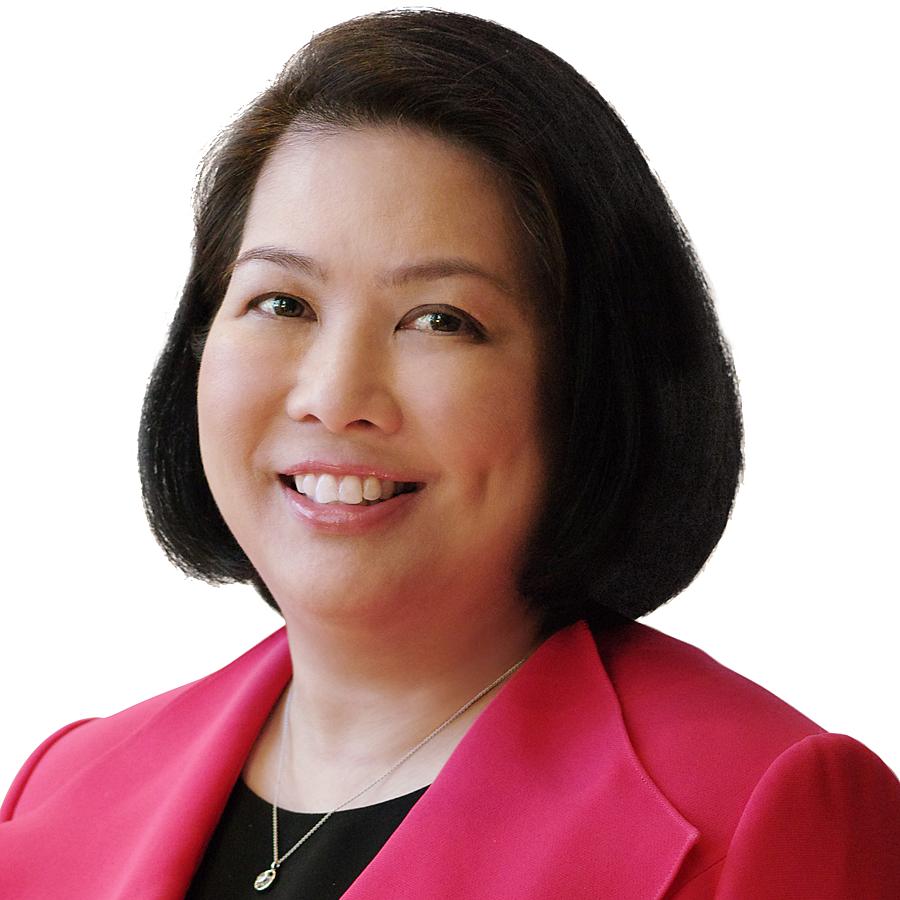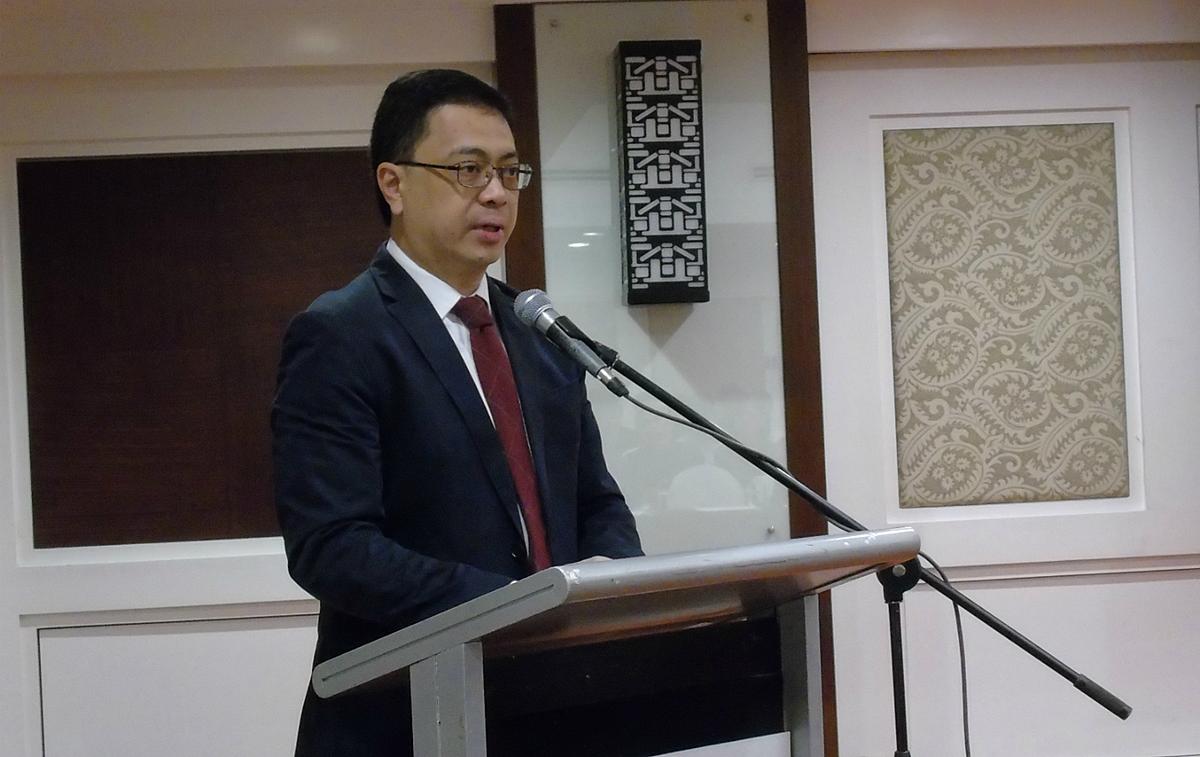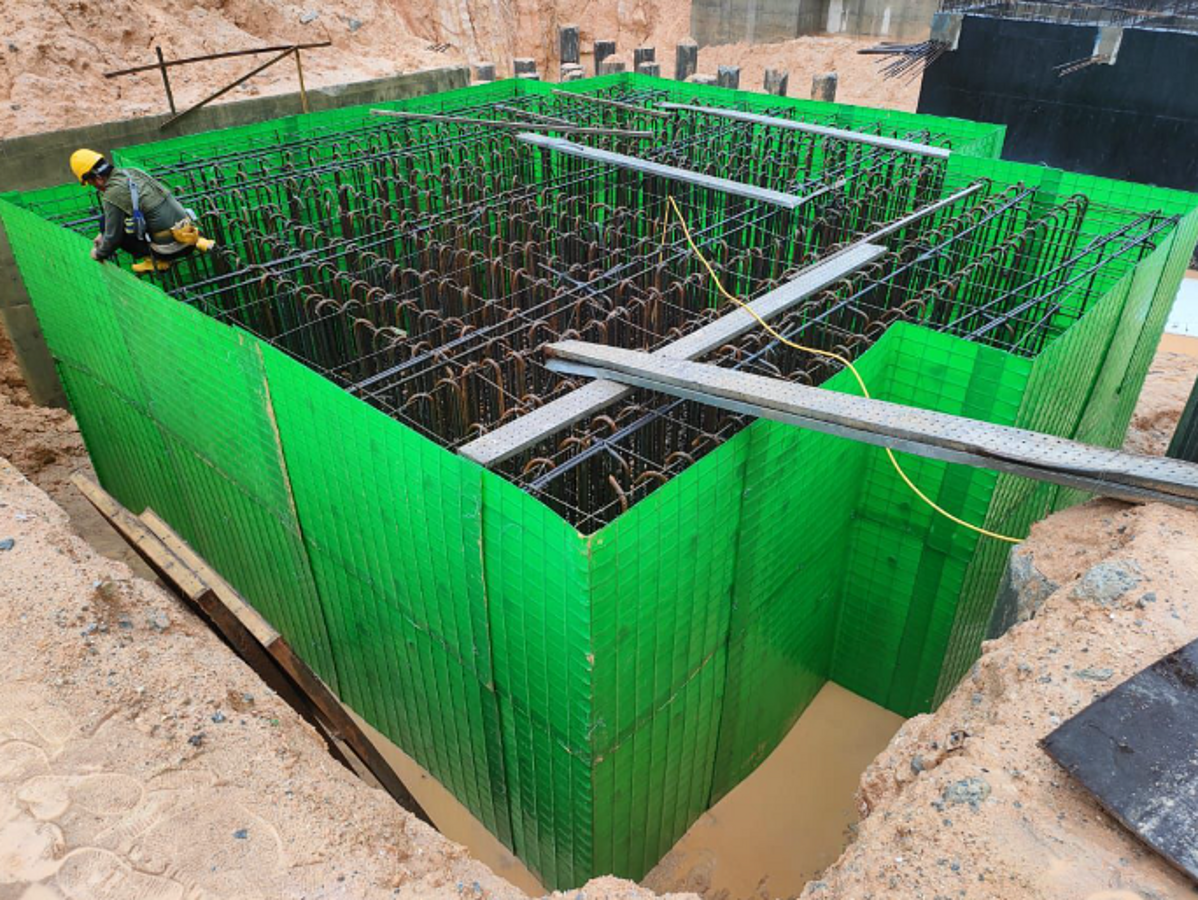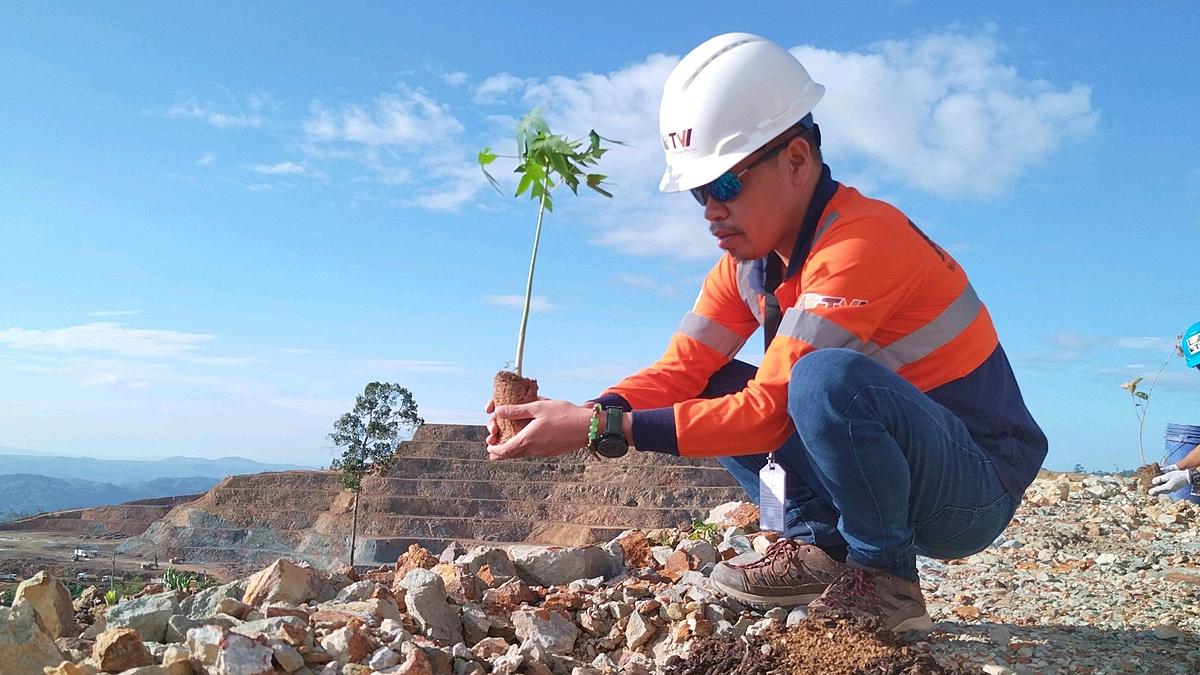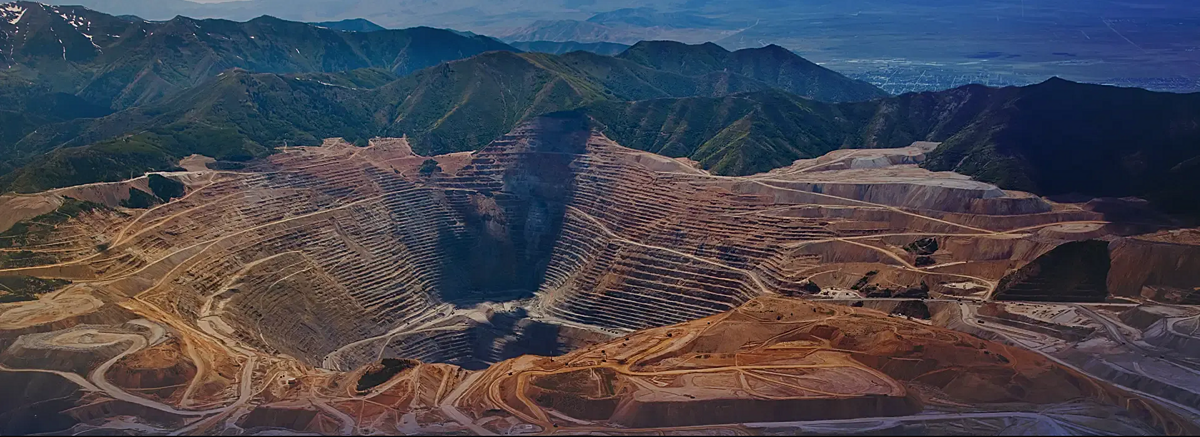By Patricia A. O. Bunye
For the second year in a row, I had the privilege of participating in the Women in Mining Day at Mining Investment Asia, which was held on 26- 28 March 2018 in Singapore.
This year, I moderated the panel which focused on what should be done to attract more women to mining as a genderless industry.
The members of my panel were: (1) Tim Duffy, the President Director and Managing Director of PT Agincourt Resources; (2) Dr Gaomai Trench, Acting Assistant Director and Senior Manager for Mineral Promotion of the Department of Mines, Government of Western Australia; (3) Jade Devenish, Director and Managing Director of Geomysore Services India; and (4) Kash Sirinanda, a mining futurist, mathematician, engineer and a “serial entrepreneur”.
Gender parity is a goal for the mining industry considering that several studies have shown that, by improving women’s participation in the labor force, the world economy could add US$12 trillion in growth over the next 10 years.
Corollary to this, companies with more female directors tend to outperform those with less.
Fortune 500 companies with three or more women as directors had an average return on equity of 15.3% for the five years ended 2008 as compared to 10.5% for companies with no female board members.
Gender diversity is also 5th among the 17 Sustainable Development Goals (“SDG”) adopted by the United Nations in 2015.
Since gender diversity underpins the other 16 SDGs, it is by achieving gender equality and women’s empowerment that we, in turn, hope to achieve justice and inclusion, economies that work for all, and sustaining our shared environment now and for future generations.
Notwithstanding this, based on the World Economic Forum’s 10th Global Gender Gap Report in 2016, at the current rate of change, it will still take 170 years to achieve gender parity.
The panel identified several ways to address the current gap, including, but not limited to: (1) helping women acquire the education and develop the skills to encourage them to go into science and technology jobs; (2) mentoring/providing good role models; and (3) “blind” recruitment and hiring the person with the right skills for the job.
Jade Devenish opined that, even having a proper dialogue about the subject of gender parity is difficult since many people remain uncomfortable talking about it.
According to her, we must realize that, although men and women are both equally capable, they are also very different in terms of their skills and attributes, and necessarily have different roles.
One obvious difference is that women bear children and, in many societies, are still expected to be primarily responsible for child-rearing.
In this regard, the panel acknowledged that mining companies must institute policies, particularly for women who work onsite and who need to be away from their families, which recognize and respect the role of women in the home, while ensuring that the same policies do not discriminate against men.
Among these policies, according to Kash Sirinanda, would be allowing flexible shift hours for women to allow them to come to work and still do other things.
Among the objectives for improving gender diversity in the industry is to have a bigger pool of talent to draw upon and benefit from the unique qualities and attributes that women bring to the table.
The panel agreed that women are typically a lot more empathetic, which gives women in leadership roles the ability, from a strategic point of view, to see many sides of the same situation.
According to Jade Devenish, because women have a natural ability to put themselves in other people’s shoes, this helps with better decision making in terms of understanding a collective solution.
Tim Duffy shared that, based on his own experience, in more senior roles where supervision and management are involved, women are more participatory and more collaborative, whereas men by nature tend to be “more directive and a bit more controlling.”
He has also observed that women pay greater attention to detail.
He also gave the example of women truck drivers, who unlike their male counterparts who would “have the macho-testosterone cowboy attitude and treat the gear disrespectfully,” would be more concerned about conserving company resources and maintaining the trucks properly.
Gaomai Trench expressed that the very fact that women and men are different by nature, even in terms of teamwork and group decision, dictates that a healthy organization should have room for different points of view.
The panel likewise agreed that gender diversity does not only entail increasing the number of women in mining, but also enabling them to advance through the ranks.
Tim Duffy explained that it is critical that anyone promoted to leadership positions, whether men or women, should be followed up, mentored, and encouraged so that management would know how they’re progressing and provide the required support.
Nevertheless, while there are many studies about how the general performance of a company increases with the number of women on their boards, the panel was not keen on the idea of setting minimum percentages of women on boards.
Since the companies themselves are different, i.e.
large, small, publicly-listed non-profit, Tim Duffy says that minimum percentages would be aspirational, but would be difficult to implement.
Jade Devenish concurs that the focus should not be on numbers, but always making informed decisions about filling positions, whether or the board or operations, with the people who have the right skills set.
Gaomai Trench seconded this and warned about the possibility of discriminating against men as the goal would always be the select the best people for the job.
The problem, says Tim Duffy, is who determines the criteria for “the best.”
In his experience, if the person recruiting for the job is male, the “best person for the job” would be a male, owing to the recruiter’s reference point.
He says the challenge is to keep challenging people to constantly ask “why,” and it is in this constant challenging and questioning that old opinions or biases would fall away.
It has been most interesting keeping this conversation on gender diversity running for two years in a row, and I look forward to seeing how the discussion evolves in the years to come.
Patricia A. O. Bunye is a senior partner at Cruz Marcelo & Tenefrancia and head of its mining and energy practice. She is also President of Diwata-Women in Resource Development, Inc.
Questions and comments are welcome at po.bunye@cruzmarcelo.com.

